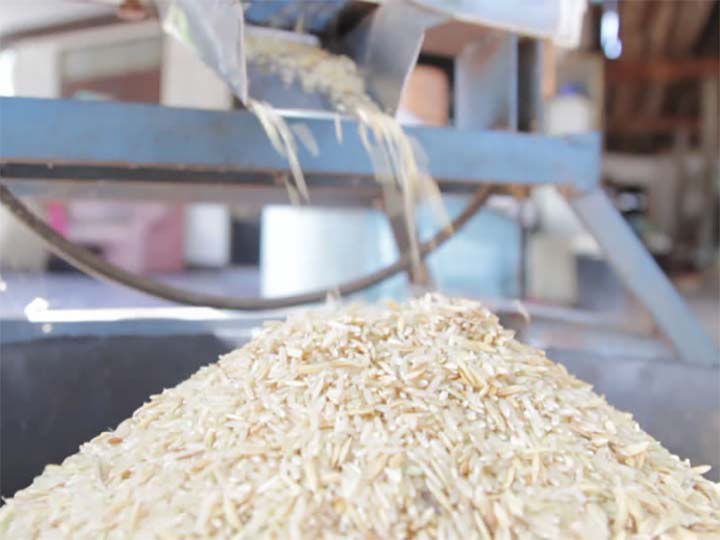Things You Need to Know about Rice Milling and Processing
In the rice milling stage, the rice grain goes through a multifaceted process. It passes through many sorting machines where the grains are fully processed. Rice milling and processing are necessary because rice cannot be consumed in its raw form and needs to be properly processed.

Why is rice milling important?
Due to the huge global demand for rice, rice milling today is a fast-growing agribusiness that you can successfully exploit for financial gain. However, setting up a rice mill as a profitable business requires extensive knowledge and capital.
Ideally, rice milling involves removing the hull and bran to produce edible white rice kernels that are not only well-milled, but also edible.
Typically, rice varieties consist of about 11% bran layer, 20% rice husk/husk, and 69% starchy endosperm, also known as fully refined rice.
With varying durations, milling involves roughly 3 different processes, i.e. single-step process, two-step process, and multi-stage process.
Single-step milling: In this process, the husk and bran layers are removed in one go.
Two-step milling: In which the bran and the husk are removed separately in two different settings.
Multi-stage milling: In this process, the rice undergoes a number of different processes. The purpose of this process is to reduce mechanical stress and prevent heat buildup in the grain. This ensures that there is no grain breakage and produces uniformly polished grains.
What is the rice milling process?
- Rice pre-cleaning: This process removes mainly unwanted foreign matter such as unfilled and uneven grains, impurities, sand, straw, clay, etc. The rice is passed through a series of suction systems and sieves.
- Rice de-stoning: De-stoning is the process of separating the rice from the stones. The process is based on the principle of gravity, where the rice is the lighter stone and fluidizes into an air gradient, leaving the heavier stone behind.
- Paddy hulling/dehulling: Based on the centrifugal principle, the hulling machine removes the hull layer from the paddy.
- Rice grain separation: Compared to rice grain, the surface of the rice is smoother. This difference in texture is used to distinguish brown rice from rice.
- Rice Bleaching: Rice bleaching is the removal of bran and germs from brown rice through an efficient suction system.
- Rice polishing: This step consists of removing the remaining bran particles and then polishing the outside of the kernel with a humidified rice polisher.
- Rice length grading: In this process, broken rice is removed from whole rice, and small and large heads are separated from whole-head rice.
- Rice mixing: In this process, the fine rice is mixed with a predetermined amount of brokers according to the customer’s requirements.
Company profile
TAIZY Machinery is a professional rice milling and processing machinery manufacturer. We provide excellent rice mill machines and services, and skilled buying guidance for the new beginner. If you want to start your rice milling and processing business, welcome to get in touch with us for useful information.
